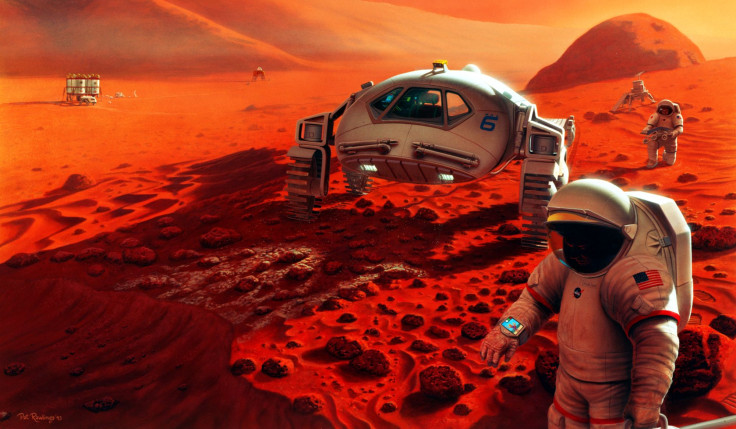Mission To Mars: Two-Weeklong Simulation To Study Key Hurdles Begins Near Hawaii’s Mauna Ulu

NASA aims to send the first humans to Mars sometime during the 2030s. But before that can be achieved, certain key challenges, besides the obvious technological hurdles, need to be overcome.
Among other things, astronauts who take the humankind’s first steps on the red planet have to learn to deal with the psychological impact of long-term isolation, the time-delay in communications between Earth and Mars, and the inhospitable and rugged terrain that makes exploration of its surface extremely difficult.
To understand how humans, when they eventually land on the surface of Mars, would overcome these obstacles, scientists create simulated environments where at least a few of the conditions astronauts are likely to face on Mars can be replicated.
One such project is currently taking place inside the Hawaii Volcanoes National Park, where, over the next two weeks, researchers will hike around Mauna Ulu and collect rock samples to practice and perfect protocols that would need to be used during sample collection missions on Mars.
The project, named BASALT (Biologic Analog Science Associated with Lava Terrains), seeks to address a key concern — how do we ensure that we do not accidentally contaminate samples containing alien life while ambling around on the surface Mars?
“Really, the whole reason of going to Mars is to see if there’s life there,” John Hamilton, an astronomy faculty member at the University of Hawaii at Hilo, told the Hawaii Tribune Herald. “There’s a lot of great geology. But are we alone?”
The hunt for microbial life on Mars — extinct or extant — is one of the key goals of NASA’s Mars 2020 mission, which seeks to send a rover to the red planet. However, the rover will not only look for signs of past life on the red planet, it will also, using its array of science instruments, conduct investigations into the usability and availability of Martian resources, including oxygen, to prepare for manned missions.
“Mars 2020 will carry an entirely new subsystem to collect and prepare Martian rocks and soil samples that includes a coring drill on its arm and a rack of sample tubes,” NASA said back in July. “About 30 of these sample tubes will be deposited at select locations for return on a potential future sample-retrieval mission. In laboratories on Earth, specimens from Mars could be analyzed for evidence of past life on Mars and possible health hazards for future human missions."
© Copyright IBTimes 2024. All rights reserved.












